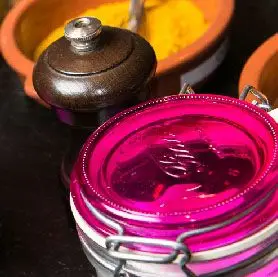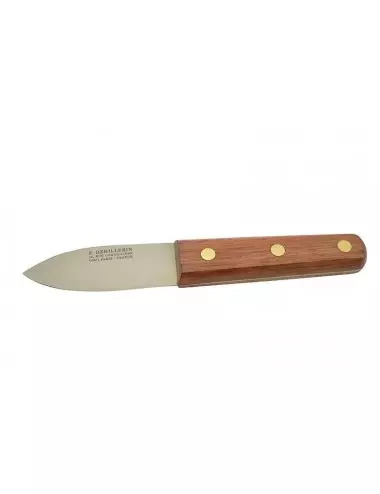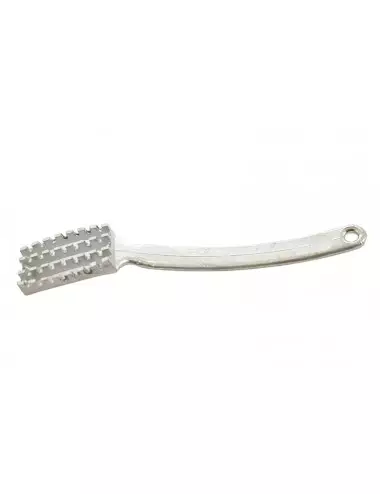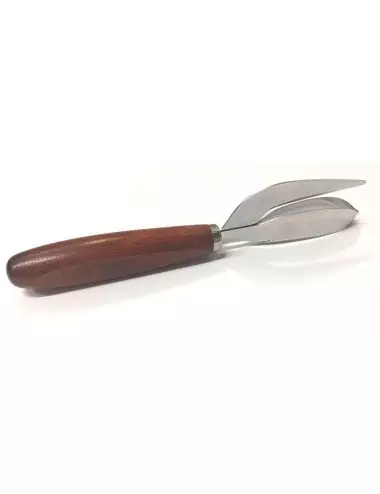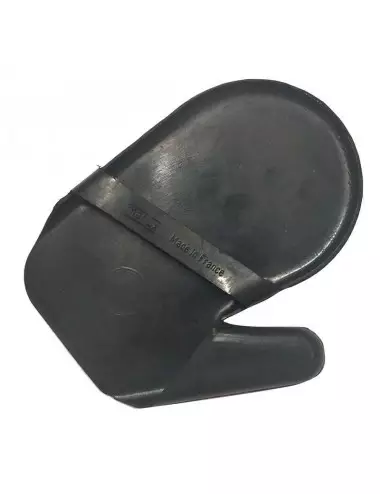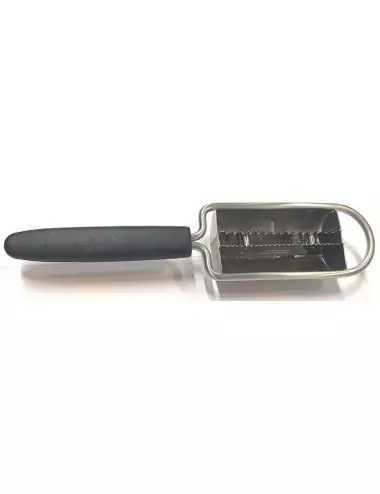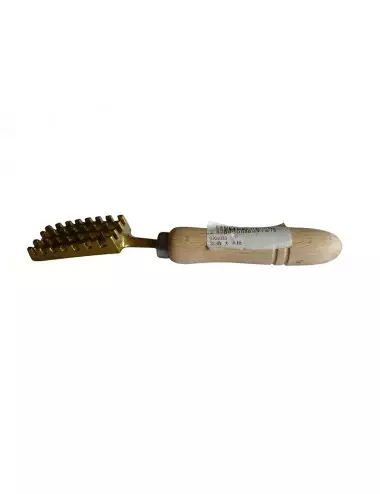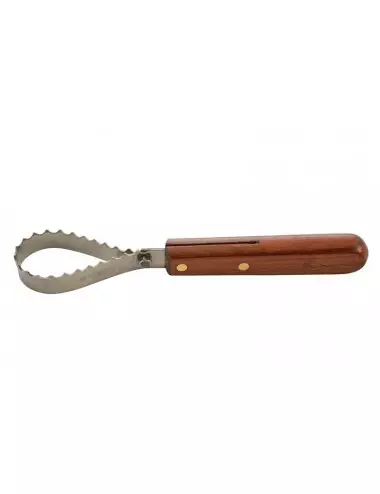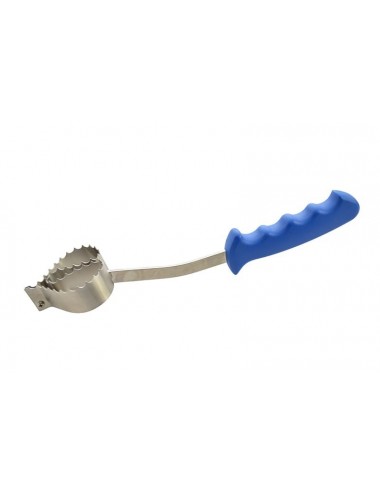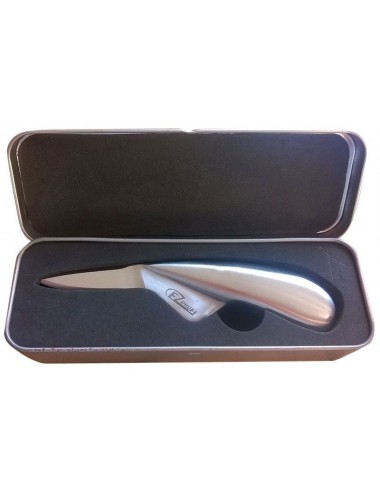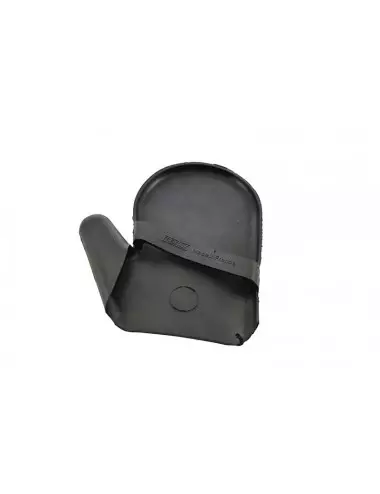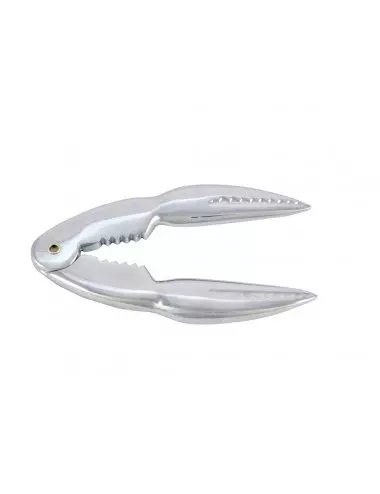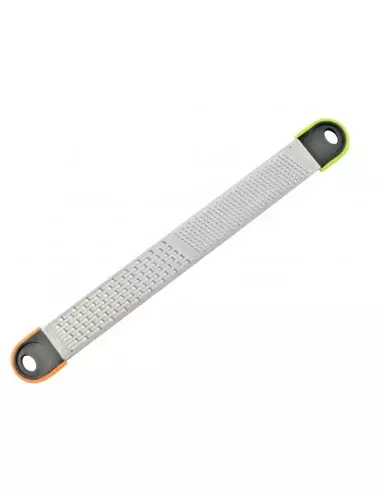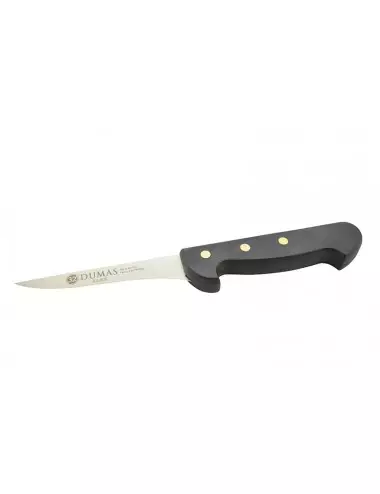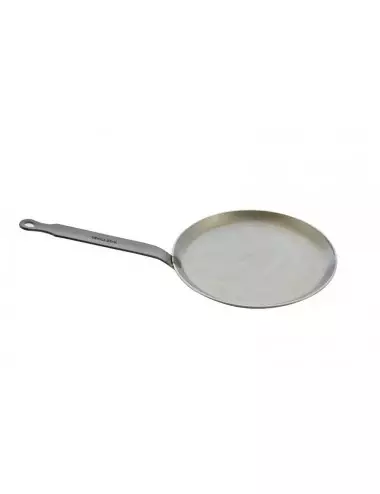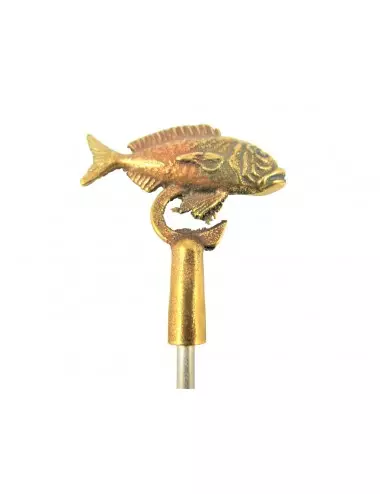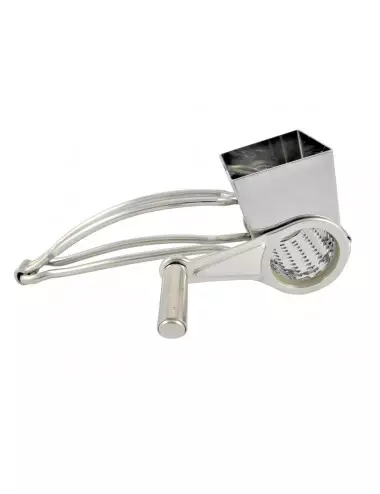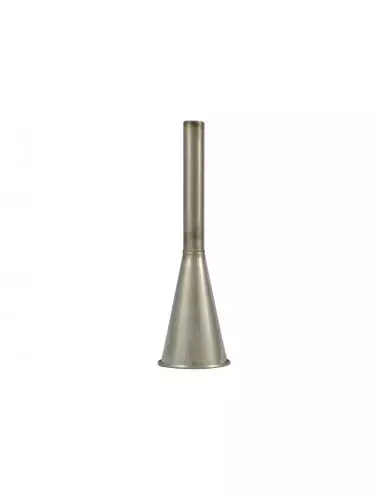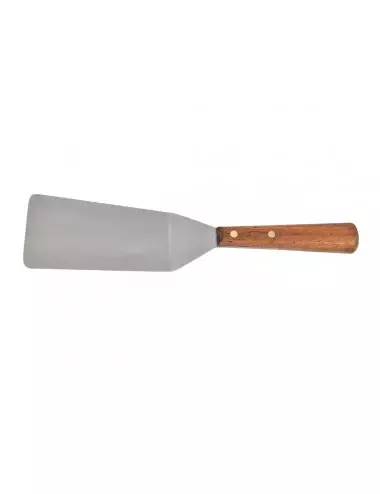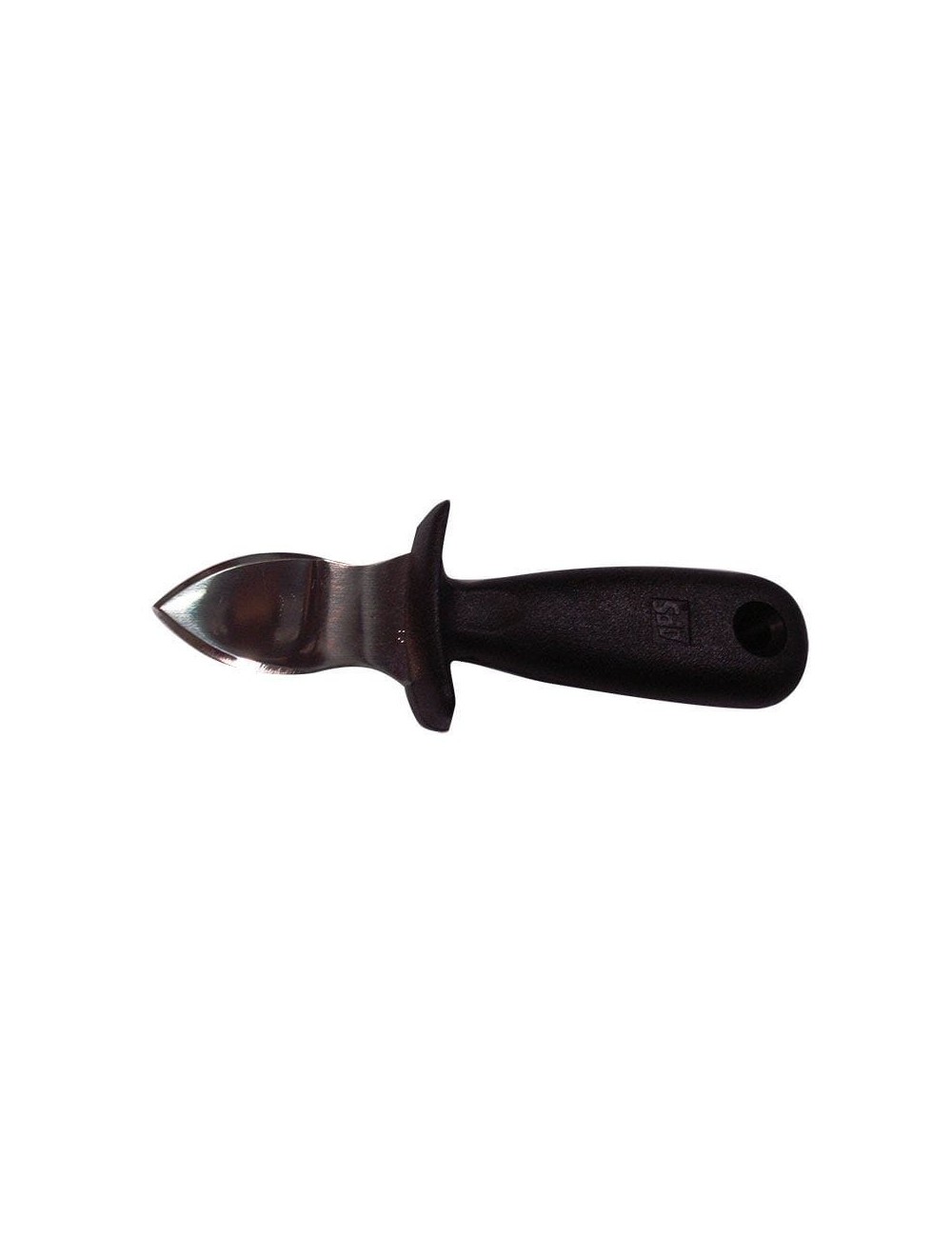

OYSTER KNIFE - ABS HANDLE
Oyster knife with wider blade and ABS plastic handle. The guard is there to protect the user's hand if they slip.
Non-contractual image, the appearance of the product may differ from the one displayed.
What is it for? Oyster knives were first developed at the end of the 13th century. Although there are different styles, the knife used by professionals is the lancet. These oyster knives are small and hard-wearing. They have a short, rigid, lance-shaped blade and an ergonomic handle. The pointed end is useful for opening the shells as it slides smoothly between the top and bottom. Oyster knife with wider blade and ABS plastic handle. The guard is there to protect the user's hand if they slip.
Product Details
Data sheet
- Length (cm)
- 3.9
- Material of construction
- Stainless steel
- Cooked products
- Oysters
Shellfish, Crustaceans - Use
- Opening
- Handle material
- Plastic / ABS
Quick Compare
Product |
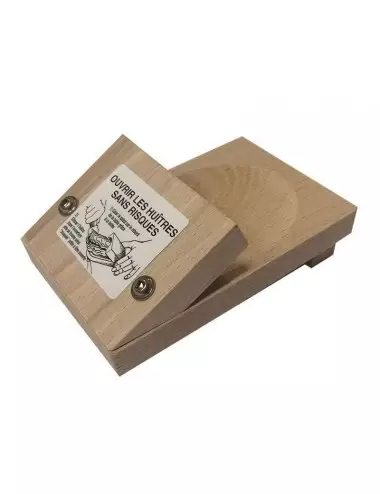 WOODEN BLOCK FOR HOLDING OYSTERS
WOODEN BLOCK FOR HOLDING OYSTERS
|
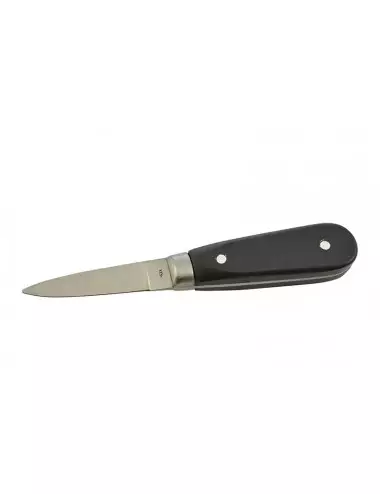 TRADITIONAL OYSTER KNIFE - ABS HANDLE
TRADITIONAL OYSTER KNIFE - ABS HANDLE
|
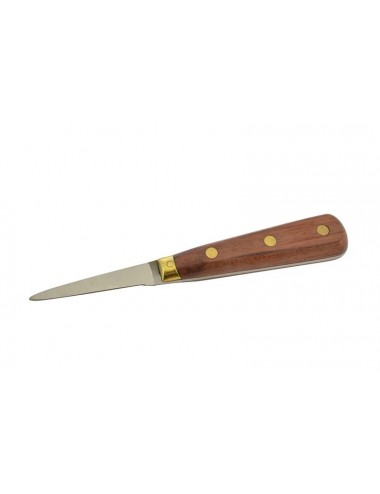 TRADITIONAL OYSTER KNIFE - WOOD HANDLE
TRADITIONAL OYSTER KNIFE - WOOD HANDLE
|
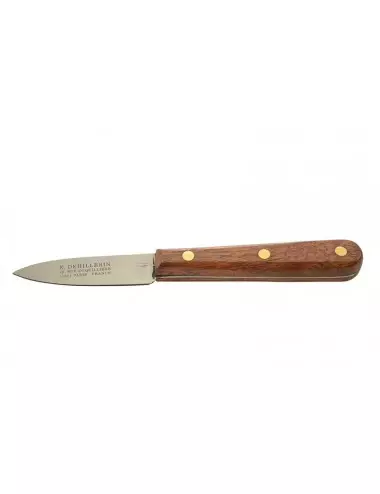 TRADITIONAL OYSTER KNIFE - ROSEWOOD HANDLE
TRADITIONAL OYSTER KNIFE - ROSEWOOD HANDLE
|
Availability |
|
|
|
|
Price |
||||
Description |
Wooden block for holding oysters safely in place on a table edge. |
Knife with stainless-steel blade and ABS handle. Traditional oyster knife with durable short blade. |
Knife with stainless-steel blade and wooden handle. Traditional oyster knife with durable short blade. |
Knife with stainless-steel blade and stunning, hard-wearing rosewood handle. Traditional oyster knife with durable short blade. |
Length (cm) |
6 | 6 | ||
Material of construction |
Wooden | Stainless steel | Stainless steel | Stainless steel |
Cooked products |
Oysters | Oysters | Oysters | Oysters |
Use |
Opening | Opening | Opening | Opening |
Handle material |
Plastic / ABS | Wooden | Wooden | |







